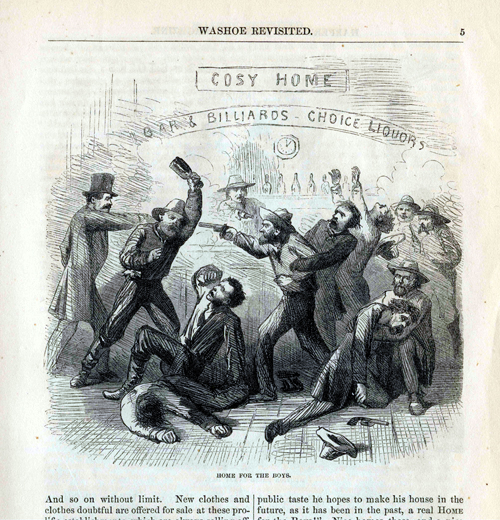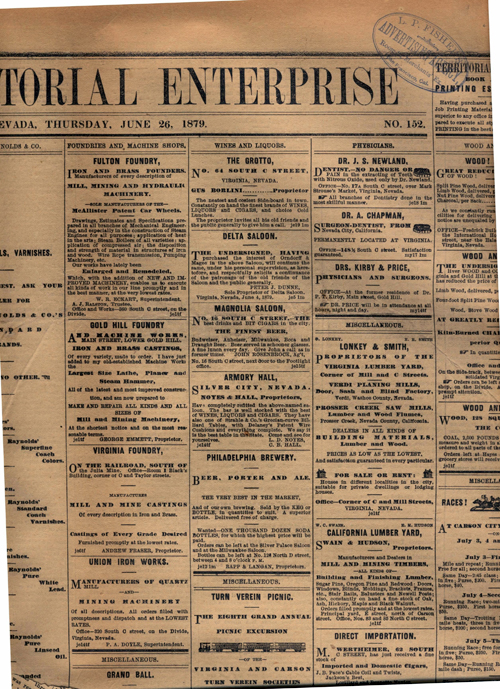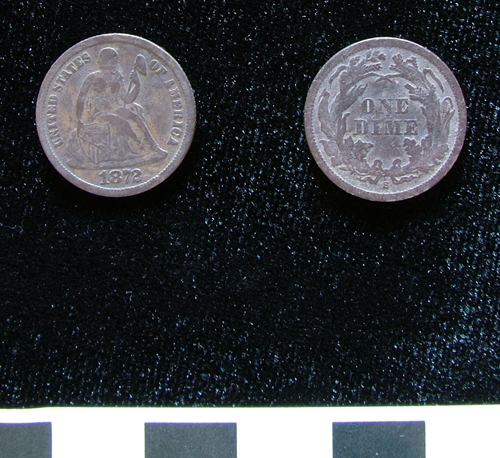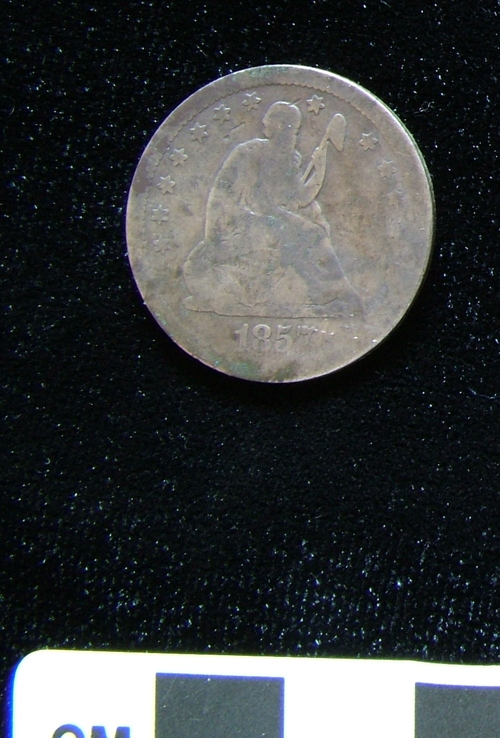Havens in a Heartless World Part I: Virginia City's Saloons and Archaeology of the Wild West
The myth of the saloon as cast in movies, television, and literature has fossilized the institution, making it difficult to imagine a reality beyond the cliché. Still, a real place on the western frontier lurks behind the myth. Virginia City’s saloons were centers of life. Besides offering drinks, many provided meals and other distractions. Barkeepers sought to distinguish their enterprises with choices in décor, food, and drinks. While some saloons catered to specific ethnic groups, others pitched to different parts of the market. From humble to expensive saloons, there was something for everyone’s interests and price range.
Archaeologists excavated the remains of four saloons in Virginia City, Nevada between 1993 and 2001. They discovered a new story that tells of saloons in a complex reality. Nearly 300,000 artifacts emerged from the sites of Shanahan and O’Callaghan’s Hibernia Brewery and Saloon, O’Brien and Costello’s Shooting Gallery and Saloon, John Piper’s Old Corner Bar, and William A. G. Brown’s Boston Saloon, an African American place of leisure. Archaeologists retrieved bits of rusted metal, broken glass, and broken pottery as well as complete bottles, plates and other remnants, each shattered gems from a distant time, offering the chance to balance legend and truth.
The excavated material subsequently became part of an exhibit, “Havens in a Heartless World: Virginia City’s Saloon and the Archaeology of the Wild West,” funded by the Institute of Museums and Library Services with the assistance of Senate Majority Leader Harry Reid. This online exhibit provides a wider audience with the opportunity to see marvelous artifacts and understand the saloon of the Wild West.
“The cheapest and easiest way to become an influential man and be looked up to by the community at large was to stand behind a bar, wear a cluster-diamond pin, and sell whiskey.” ~ Mark Twain, Roughing It (II:54)
Text by Ronald M. James, Nevada Historic Preservation Office, and Kelly J. Dixon, University of Montana; all images by Ronald M. James unless otherwise noted.






